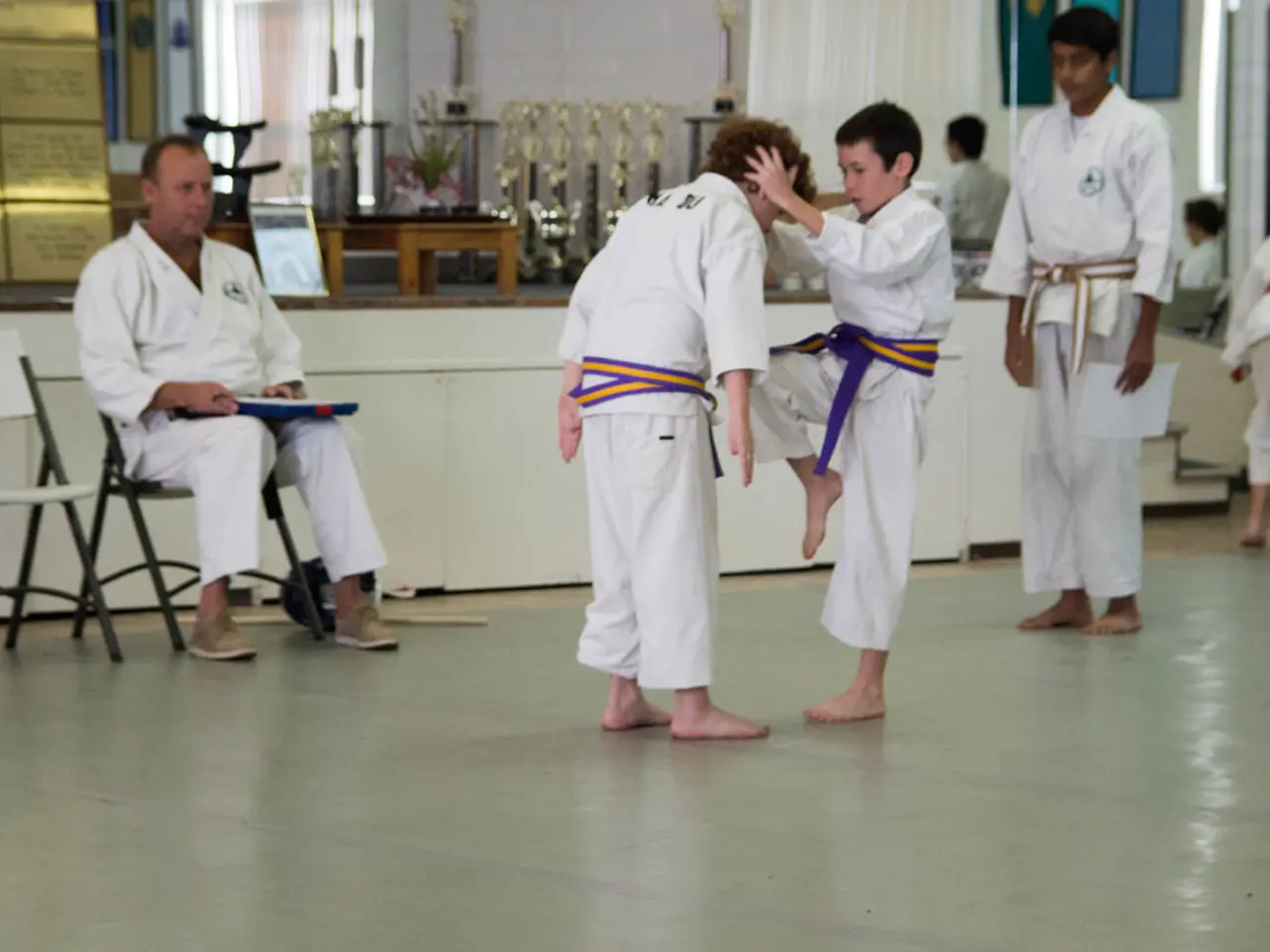New Physical Skill Acquisition Potentially Altering Brain Structure?
Learning New Physical Skills Boosts Brain Health and Cognitive Functions
Learning a new physical skill is more than just mastering a new talent – it's a powerful way to enhance neuroplasticity, improve cognitive functions, and provide emotional benefits. This transformation happens as a result of neuroplastic adaptations, changes in neural connections, and the formation of new pathways in the brain.
These adaptations are triggered when we engage in motor tasks, such as learning to dance, juggle, or play a musical instrument. One key factor in this process is the production of Brain-Derived Neurotrophic Factor (BDNF), a protein critical for neuronal growth and survival. Increased BDNF levels support synaptic plasticity, which is crucial for learning and emotional regulation.
The learning process activates brain regions linked to motor learning, such as the motor cortex and basal ganglia. This activation enhances motor performance and coordination. Additionally, the prefrontal cortex, responsible for executive functions like decision-making and planning, is also engaged during the learning process. Improved connectivity between prefrontal and motor areas supports cognitive-motor integration.
Learning new physical skills can have a significant impact on cognitive functions. For instance, it can enhance working memory and attentional control by strengthening neural networks involved in these functions. Cognitive flexibility and inhibitory control are also improved through increased neural integration and connectivity between different brain regions, facilitating better cognitive adaptability and control.
In terms of emotional benefits, physical activity promotes emotional resilience by enhancing neurogenesis in the hippocampus and improving connectivity in brain regions involved in emotional regulation. Engaging in physical activities, including learning new skills, can reduce stress and anxiety by promoting neural remodeling and improving emotional balance. Regular physical activity also releases endorphins and other neurotransmitters that contribute to mood enhancement and reduced symptoms of depression.
Learning a new skill often brings an emotional reward, reducing stress and elevating mood. For example, learning to dance combines rhythm, spatial awareness, memory, and coordination, while learning to play a musical instrument blends fine motor skills with auditory-motor synchronization. Activities like juggling train hand-eye coordination, predictive timing, and sustained focus, while martial arts build discipline, reaction time, and cognitive-emotional integration.
Trying unfamiliar activities like paddleboarding or fencing stretches motor learning systems, providing a unique challenge and opportunity for neuroplastic adaptations. Practicing new skills can enhance sustained attention and reduce susceptibility to distraction, making us more focused and productive.
In conclusion, learning a new physical skill is a valuable investment in brain health and cognitive functions. It offers a myriad of benefits, from improving working memory and attention to enhancing emotional regulation and stress management. So why not challenge yourself and learn a new skill today? Your brain will thank you.
- Engaging in motor tasks for learning new physical skills triggers neuroplastic adaptations, leading to changes in neural connections and the formation of new pathways in the brain.
- The learning process stimulates brain regions linked to motor learning, such as the motor cortex and basal ganglia, which enhances motor performance and coordination.
- Improved connectivity between the prefrontal cortex and motor areas supports cognitive-motor integration during learning new physical skills.
- Learning new physical skills can enhance cognitive functions, such as working memory and attentional control, by strengthening neural networks involved in these functions.
- Cognitive flexibility and inhibitory control are also improved through increased neural integration and connectivity between different brain regions with the practice of these skills.
- Physical activity during learning new physical skills promotes emotional resilience by enhancing neurogenesis in the hippocampus and improving connectivity in brain regions involved in emotional regulation.
- Reducing stress and anxiety is a byproduct of learning new physical skills, as it promotes neural remodeling and improves emotional balance.
- Learning new skills often brings an emotional reward, reducing stress and elevating mood by combining various cognitive demands, such as rhythm, spatial awareness, memory, and coordination.
- Practicing new physical skills fosters sustained attention and focus, making individuals more focused and productive beyond just the learning process.




